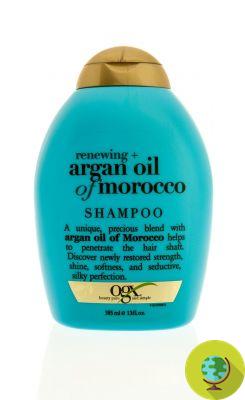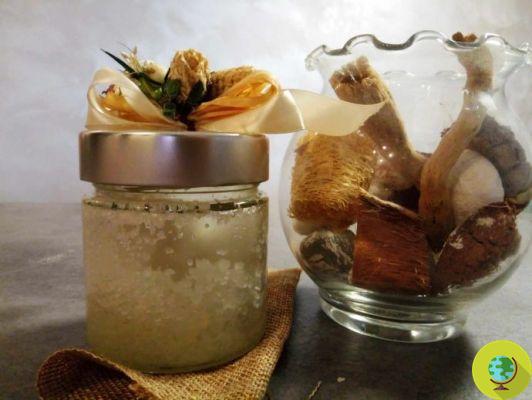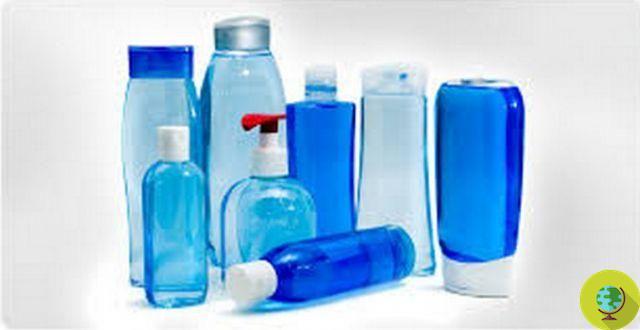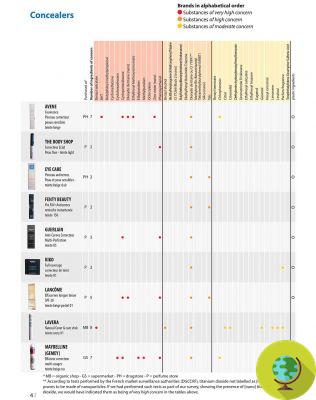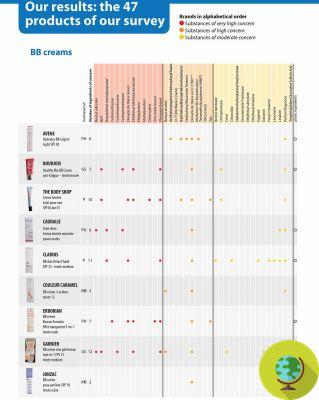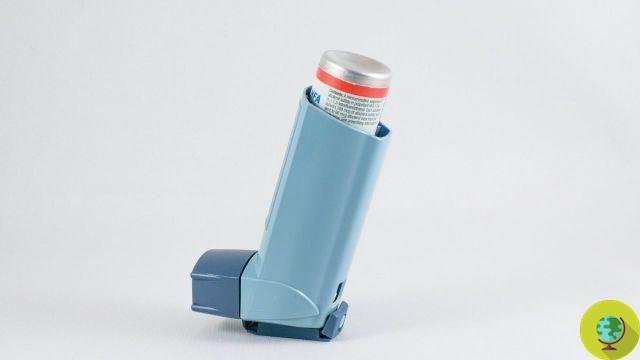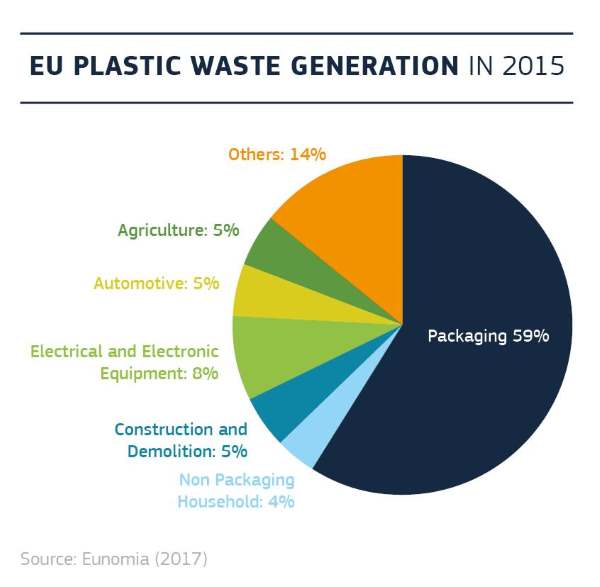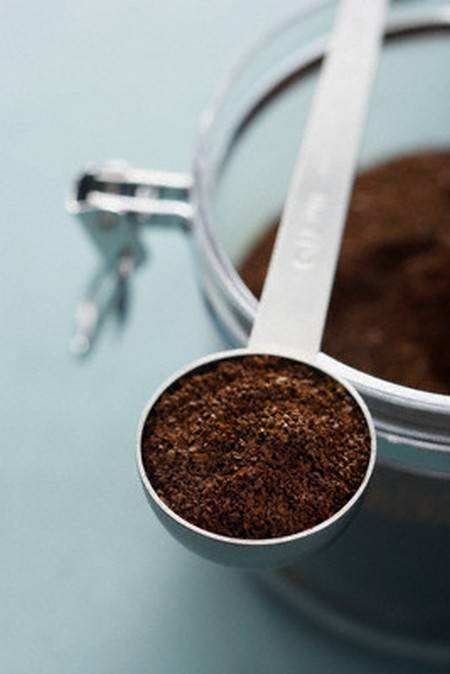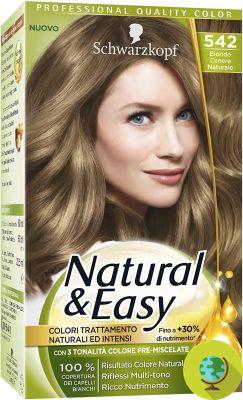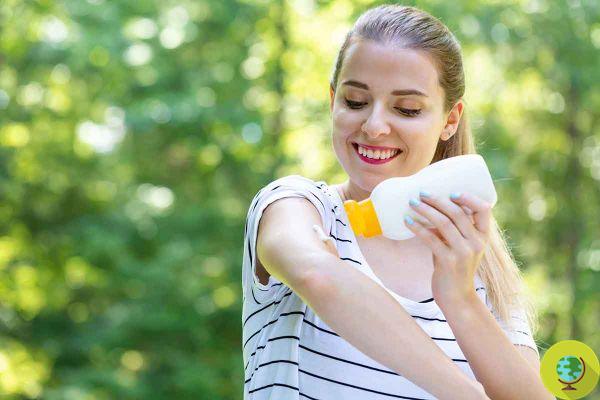
In spring we often underestimate that the sun's rays can burn us and cause dermatological problems (even serious ones). But if we are outdoors - even when it is cloudy - we will already have to start using the sunscreen
Don't store avocado like this: it's dangerous
In spring, temperatures are milder and the days longer and sunnier. The warm season begins which is also the one in which we should always bring with us a good sunscreen, effective but also respectful of the environment and as much as possible free of controversial ingredients.
Sunbathing is good, it allows our body to synthesize the precious vitamin D and also improves our mood, but we must be careful, especially in the hottest hours of the day when we risk more burns. We remember that unfortunately, although the sun is life for us, it can also have a harmful effect if taken incorrectly.
Here then we are helped by the sun creams that allow you to protect the skin from the risk of skin cancer but also from other dermatological diseases up to premature aging of the skin. But if in summer almost everyone uses it, in these months instead we tend to make the big mistake of underestimating the rays of the spring sun.
When should I start using sunscreen?
The right time to start using sunscreen is now, in the sense that every time we are exposed to the sun we should use it.
Even in winter, if we are in the mountains, for example, but especially starting from spring when we tend to be outdoors more often in parks and villas and sometimes we don't even realize that we are taking too much sun (only to return home flushed except with real burns or rashes).
Ma pay attention also to days that are not particularly sunny or hot. As Joel L. Cohen, director of AboutSkin Dermatology and DermSurgery in Denver recalls:
People have a misconception of how the outside temperature affects the intensity of the sun's rays. The reality is that UV rays are present regardless of temperature. The spring sun can also be intense. The sun is at its highest angle in the summer which means it is the time when the strongest UV rays hit our skin. But in late spring, UV rays can be nearly as strong.
Among other things, the sun's rays can also penetrate through the clouds, which means that we could still get burned even when the sun is apparently not there. As the Dermatology Center recalls:
A common misconception about sunlight is that if it's cloudy outside, you'll be fine and won't need to use sunscreen. This is completely false! Up to 80% of UV rays can pass through clouds! UV rays can also reflect snow and water found on the ground. This means that on cloudy days and even on snowy days, your skin is still at risk. This is why it is important use sunscreen in the spring and summer, regardless of the conditions. If you are going to be outdoors for a long time, make sure you are prepared by protecting yourself with sunscreen.
Pay attention especially to children who have the most delicate skin.
Also remember that the sunscreen should be put on a little before exposure to the sun (about 20 minutes) and that it must be with a high SPF (from 30 to 50+), as well as water resistant.
To recap:
- Sunscreen is also useful in spring
- A water resistant SPF30 or higher sunscreen should be applied to exposed areas to provide broad spectrum coverage
- Reapply frequently (about every two hours if you are exposed to the sun)
- Pay attention to the most exposed areas such as the ears, the back of the hands and the lips
- Use a specific sunscreen for the face
- Limit sun exposure from 10am to 00pm
- Increase your sun protection by wearing sunglasses, a hat, and suitable protective clothing
Finally, we remind you to choose sunscreens with good Inci, to preserve your health and the environment. Read also: Sun creams, the list of the most effective and safe for adults and children (and the dangerous ingredients to avoid)
Read all of our articles on sun creams.
Follow your Telegram | Instagram | Facebook | TikTok | Youtube
Fonte: Dermatology Center / Consumer Reports
Read also:
- How much sunscreen should you use exactly on your face?
- Sun creams, Inci: what to pay attention to on the label to choose the most effective and safe
- Sun creams, do not buy them if you read this ingredient on the label: it is dangerous
- Your sunscreen's harmful filters are building up in Mediterranean seaweed, the study




